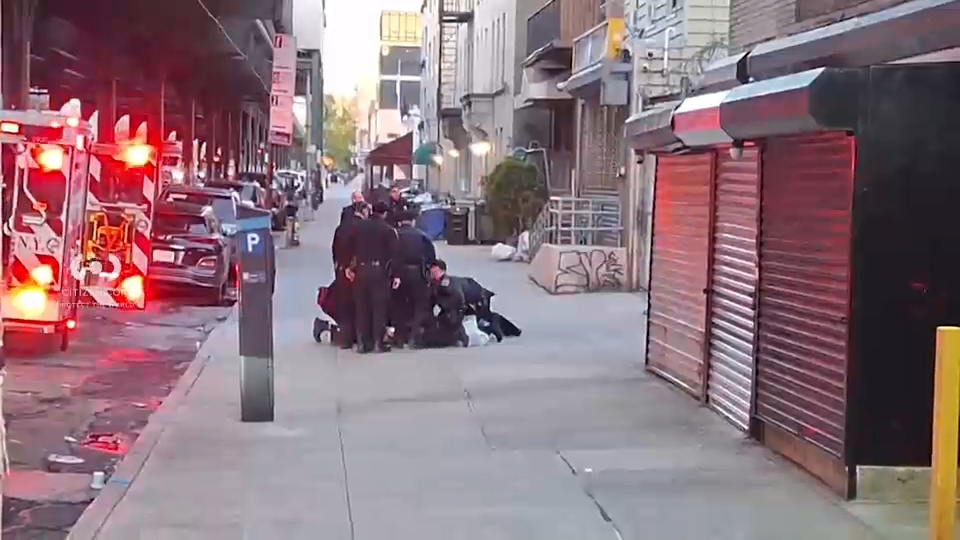NTSB: Southwest captain didn't follow procedure leading up to 2013 hard landing at LGA that injured 8


NEW YORK (WABC) -- The airline captain flying a plane that had a hard landing at a New York City airport two years ago, injuring eight people and damaging the plane, didn't follow proper procedure, the NTSB said Thursday.
Southwest Airlines flight 345, a Boeing 737, landed hard, nose-first at LaGuardia International Airport on July 22, 2013. There were 144 passengers and five crew members on board.
The National Transportation Safety Board said the captain failed to recover from an unstabilized approach by transferring airplane control at low altitude instead of performing a go-around.
According to the NTSB, the captain also failed to comply with standard operating procedure during the approach by talking back control of the plane from the first office when the plane was only 27 feet above the ground.
"This late transfer of control from the first officer to the captain resulted in neither pilot being able to effectively monitor the airplane's altitude and pitch attitude," the NTSB said in a news release. "According to the Southwest Airlines Flight Operations Manual, the captain should have called for a go-around well before this point in the approach instead of trying to salvage the landing."
A private aviation expert told the Associated Press in 2013 that it's unusual for a co-pilot or captain to take over a plane that's landing when it's so close to the tarmac unless there are "profound" safety issues.
The NTSB said Southwest's stabilized approach criteria requires an immediate go-around if the airplane flaps are not in the final landing configuration by 1,000 feet above the ground. In this case, the flaps were not correctly set until the airplane was 500 feet above the ground.
On Thursday, Southwest Airlines released this statement:
"After an internal investigation, the Captain was terminated from Southwest in September 2013, and the First Officer received additional training prior to returning to flight duty. We fully cooperated with the NTSB investigation and since the event, our Flight Operations policies and training programs have been thoroughly reviewed to ensure required procedures are clear, comprehensive and support a safe operation."






